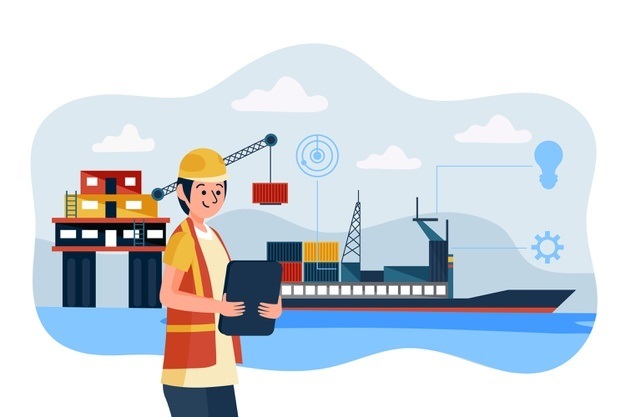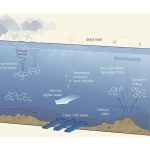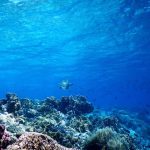Over the last years, the world energy demand has increased exponentially, bringing the necessity of developing hydrocarbon production systems in remote areas e.g. remote arctic fields, deep and ultra-deep water offshore fields and low energy reservoirs. However, the development and operation of such type of fields is challenging due to the safety and environmental risks, weather season limitations, complex logistics, low sea temperatures, requirements for energy consumption, high investments costs etc.
The main objective of this project is to determine, analyse and rank cost effective strategies to develop remote offshore oil reservoirs with low energy. A secondary objective is to analyse cost effective solutions for long transport distances taking into account flow assurance.
There will be focus on new technologies and tendencies in subsea processing and boosting. Some examples
are:
- Production to floater and transportation to shore (traditional)
- Subsea separation and transportation to shore (reinjection of gas and water)
- Multiphase boosting and transportation to shore
- Subsea to beach
The research will be divided into two main activities, the first consists of identifying one or several ideal field architectures for the development of a remote oil reservoir with low energy. The second activity consists of analysing and evaluating flow assurance issues in these ideal field architectures.
The first activity will be carried out evaluating two main aspects for each field architecture concept; the economics, taking into account capital expenditures (drilling costs, equipment cost, installation costs etc.) and operating expenditures (maintenance, intervention, flow assurance measures etc.) and an operational evaluation, where the production profile of each f eld architecture will be computed and evaluated. The input and advice for the calculations and simulations from the industrial partners will be taken into account to keep the analysis as realistic as possible. The project will develop Integrated asset models (digital field) for the selected concepts and will use realistic models with built in commercial softwareif possible. This allows running simulations until end of asset life.
For the second activity, flow assurance issues will be addressed. Here, the operational challenges and
technological bottlenecks of the current technologies will be analysed and new enabling technologies will be explored and analysed.


